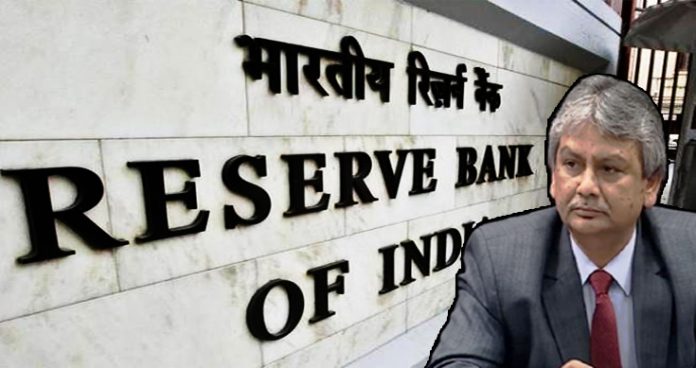The Indian economy has dragged itself into the dark with two consecutive shrinks in this year’s quarters. The situation has led to the country falling in the maze of recession, with numbers probably lowest ever in its history.
The record-low economy was brought to light by Micheal Patra, central bank’s deputy governor in charge of monetary policy and a full-fledged team of economists.
According to ‘nowcast’, Reserve Bank of India’s first time ever report, the Gross domestic product or GDP of the country fell 8.6% more during the third yearly quarter that ended in September. The report was formulated on the basis of high-frequency data. In the previous quarter that was from April to June, Indian economy contracted nearly 24%.
The authors of the report wrote, “India has entered a technical recession in the first half of 2020-21 for the first time in its history.” Although these stats are the most probable ones, government will be publishing the official data on November 27th.
RBI’s stats are maintained by cost cuts at companies that boosted operating profits, even when the sales took a plunge.
To collect the data for figuring the economy recession, the economists also made use of many indicators like vehicle sales, flush banking liquidity, signal brightening prospects for October and more.
There are hopes of the economy gaining back its momentum and growing again in the fourth quarter starting October, if the improvement is continued. Moreover, the growth can also be noticed earlier than estimated last month by the Governor Shaktikanta Das. He had pledged in October to keep the monetary policy accommodative.
RBI’s bulletin however displayed the economists’ statement that even then, “there is a grave risk of generalization of price pressures, unanchoring of inflation expectations feeding into a loss of credibility in policy interventions.” Along with this, they underlined, there lives a risk for global growth due to the second hit of coronavirus infections.
In conclusion the economists said, “Lurking around the corner is the third major risk — stress intensifying among households and corporations that have been delayed but not mitigated, and could spill over into the financial sector. We live in challenging times.”
As the pandemic snatched the jobs of millions of people in the country, individuals are now following a cost-cutting method of survival to control the heavy outflow of cash compared to the reduced inflow.
In the initial evaluations made in the central bank’s bulletin, a surge in the household savings to 21.4% of GDP was seen during the second quarter when the country went into a lockdown. This was 7.9% more than what was witnessed during the same time period in 2019, and 10% more than the first quarter of 2020, January-March. Majority of these savings are in the form of bank deposits, it said.
RBI’s Sanjay Kumar Hansda, Anupam Prakash and Anand Prakash Ekka wrote, “The trend of higher than usual household financial savings can persist for some time till the pandemic recedes and consumption levels get normalized.” He added that these savings could come down as and when the world sees some relief in the pandemic arena and the economic growth comes back to life.







